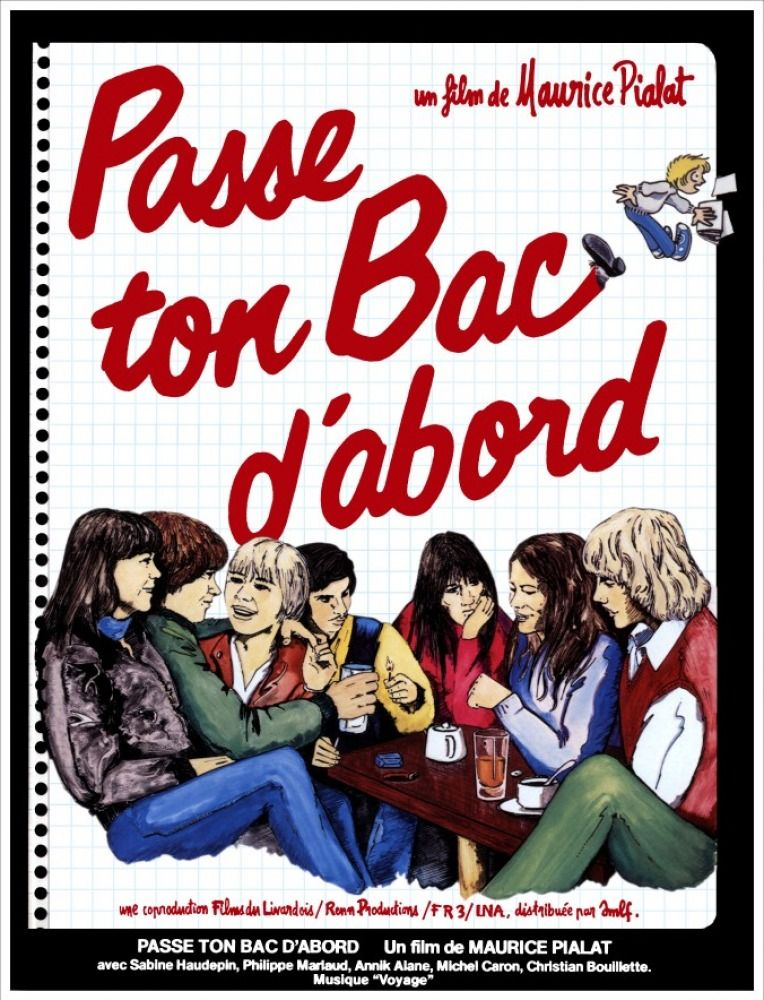Christopher Petit’s Flight to Berlin
sustains the brittle surface of a modern-day Euro-noir, starting with a visitor
to the city, Susannah, taken from her hotel for police interrogation, the
questions apparently based in suspicion of illicit smuggling and connections
with murky local figures, then going back in classic style to review the events
that lead her there. That’s almost as much as one can say with any certainty
about Petit’s film, all that follows being almost endlessly slippery,
ambiguous, mutable and playful, drawing (but not too strenuously) on Berlin’s
then-unique status as a divided, liminal space. To note just a few points:
Susannah, we find out, is indeed fleeing a crime scene, but not the one she’s
questioned about; she frequently calls herself by a different name, Marianne
(and although English, is played by the Swedish Tusse Silberg); she has a German
sister, Julie, with whom she’s seldom ever spent time, and she rapidly sleeps with
a man who’s also slept with Julie, and who works for a shady character who turns
out to be Julie’s husband (a Frenchman who claims he only married her for a
German passport, seeming more interested in being with Susannah). The film at
various times evokes almost every major European director of its time in one
way or another (the casting alone provides connections with Rivette,
Fassbinder, Wenders, Godard and onwards), as well as the looming shadow of
classic Hollywood, with Eddie Constantine showing up as himself, oozing
presence and charisma and opining along the way that by going into politics
Ronald Reagan ruined a perfectly good career in B-Westerns. Ultimately, the
film offers no resolution, perhaps ending where it might have begun, indeed
defined largely by a sense of flight, of storytelling and reinvention, both of
its protagonist and of the unstable city around her.





